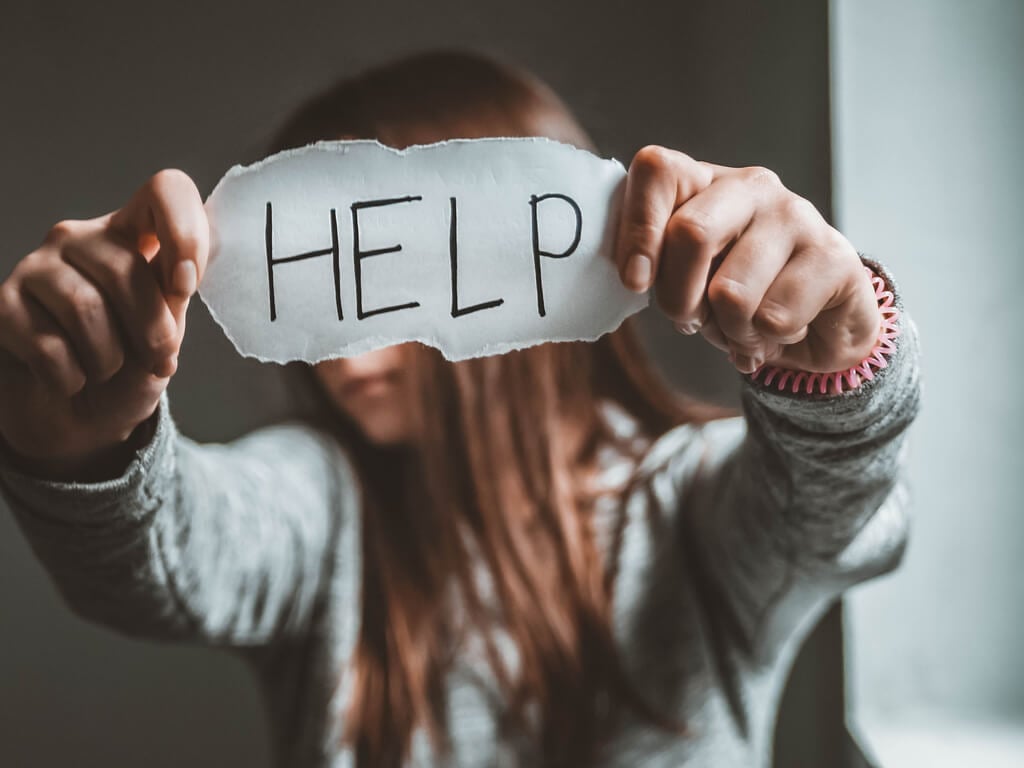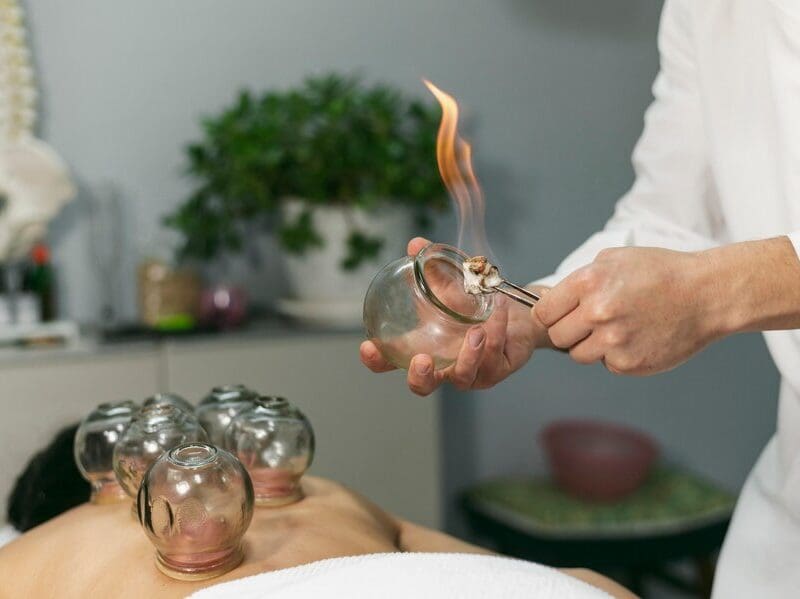
The Veil of Secrecy Destroying Lives and Nations
My name is Trevor Hooper, and I’m a childhood trauma survivor. As a trauma survivor who used to be homeless due to feelings of guilt and shame, I didn’t think I was worthy of living in my family house. Being subjected to child abuse gave me intimate knowledge of the effects it can have, and they continue to this day.
I can feel the effects even today, although it isn’t as overwhelming as it was at the time. I understand what it feels like on the other side of the abuse. Therefore, to be able to help other survivors I’ve finally created a 12-step programme that I’ve been working on for a while.
During my 13 years of intensive therapy, I was taught to follow guidelines that were beneficial to both me and the people around me that I can assist with my mentoring course.
The first five steps are as follows:

Step 1: Recognize that it was not your responsibility.
We all know how likely it is that you will be abused by a close friend, family member, or neighbour. They took advantage of your childlike innocence and warmth. This was most certainly not acceptable, and even though we would want everyone who abused someone to be sentenced to prison, unfortunately that is not the case. According to statistics, just 3% of Abusers are tried and convicted. We can only acknowledge that it wasn’t your fault and that it was more of a true representation of their upbringing than anything else.

Step 2: 2nd Step Grief-related emotions are being experienced.
Denial, Anger, Bargaining, Depression, and Acceptance are the five phases of grieving that we are aware of.
They bring with them feelings of violation.
Denial is harmed by anger.
Shame
Disgust/Dirty.
Confusion and a lack of trust
Self-hatred, sad, and bitter.
Suicidal
Know that they are all natural reactions to our feelings, but they don’t characterise you as a person. We get a grip of these strongholds in my course and expose them for the lies that they are. Even if you don’t believe it, you are beautiful, loved, and valuable, and I will help you realise it in a safe setting.

Step 3: Recognize that you are not alone.
Your abuse is not all you are, you are much more than that. Most importantly you are not alone in this journey.
For instance, my supportive group assists you in being the person you were meant to be before you were abused.

Step 4: Recognize that you are a good person.
In this course, we go over the positive aspects of yourself and allow you to acknowledge them. For instance, we might ask you to write down three positive things about yourself and three positive things that others have said about you.

Step 5: Recognize that this does not define you.
That’s correct, it didn’t define you as a person; it was just a season you went through, and it could have been a very sad and perplexing one, but it was only a season. Better things are on the way for you.
The Abuse Child
The Veil of Secrecy, that is wreaking havoc on people’s lives and nations’ economies.
1) Introduction
2) Australian Statistics
3) Have you been mistreated by a member of your family, a friend, or a neighbour?
Whether that’s the case, keep reading to see if we can assist you.
4)Are you experiencing any of the following feelings? Guilt, shame, self-loathing, filth, and unlovability?
Is there anything here that sounds like it could apply to whatever happened to you?
Violation
Anger
Denial of Pain
Shame
Disgust/Dirty
Confusion and a lack of trust
Sad Bitter Hate Unloved Self
Suicidal
5) Take a hard look at yourself in the mirror and list five things you like about yourself? There aren’t three good points?
Along with that, talking to trusted friends can come to the rescue. Find 3 close and trusted friends and ask them to come up with 5 positive attributes about you. Do you want to make a list? How about comparing the two lists? Make a single list.
For further details regarding the course email me at







